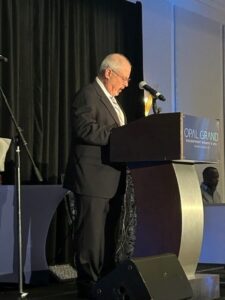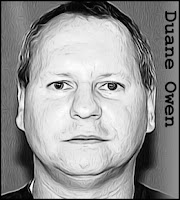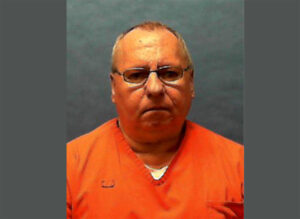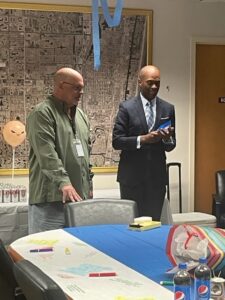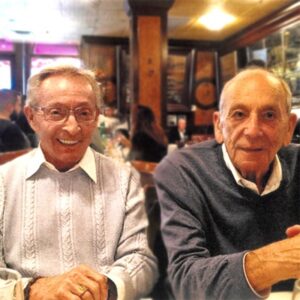
Carl DeSantis and Jerry Kay in NYC circa 2018.
Longtime friendships are magical.
They feed our souls and enrich our lives. And sometimes, when they are really special, they enrich the lives of others.
When I see old friends, my mind instantly scans the years. I can still picture my buddies as young men, with everything in front of them. Of course, we are now 40 and 50 years older, so the “boys” are well into middle age or dare I say it: old age. As my friend Scott reminds us: how many 116 year-olds do you know?
He’s right, but we aren’t old—yet. Hopefully, we will get there. Together.
Regardless, as we age, I can still see the boy in every face. I know their laughs; I know their voices and their expressions. I still see the 8-year-old and the 18-year-old when I talk to the 58-year-old.
It’s oddly comforting.
Once again, old friends are top of mind.
Recently, the foundation I’m involved with—the Carl Angus DeSantis Foundation—honored a special friendship between our namesake and his best friend Jerry Kay, who passed away suddenly in March.
Below is the story.
It’s a good one and I wanted to share it because friendship is one of life’s biggest blessings.
Many of us at CDS International Holdings—where I work—got to witness the chemistry between Carl and Jerry. We relished hearing the stories of long-ago adventures and we happily tagged along as these two gentlemen—who are gentle men—made new memories.
Please enjoy, and if you are so inclined, call an old friend. We never know how long we have left.
Entrepreneur Carl DeSantis’s gift pays tribute to the legacy of his lifelong friend and business partner E. Gerald “Jerry” Kay.
By Debbie Meyers
Carl DeSantis began his entrepreneurial journey in the 1970s by running his home-based, mail order vitamin and herbal supplement company out of his garage in Florida. Meanwhile, up in New Jersey, after years of working with his father in the nutrition industry, E. Gerald “Jerry” Kay became the sole owner of Manhattan Drug Company.
When DeSantis and Kay met, they had an immediate connection. DeSantis’s spark and drive moved Kay to invest in him. DeSantis’s business flourished to become Rexall Sundown, one of the world’s largest vitamin manufacturers, which DeSantis sold in 2000. Kay’s enterprise also experienced growth as he founded Integrated BioPharma, a company which manufactures, distributes, and sells vitamins, nutritional supplements, and herbal products.
Kay died in March 2023, weeks before his 87th birthday. To honor his lifelong friend and supporter’s memory, DeSantis’s foundation has given $1.25 million to establish an endowed scholarship in Kay’s name for students enrolled in a Rutgers nutrition program.
“Since Mr. Kay was a pioneer in the nutritional field, we thought it made sense to support the next generation of leaders in that space,” says Jeff Perlman, a director of the Carl Angus DeSantis Foundation. “We researched several programs and were deeply impressed by Rutgers. Since Mr. Kay lived and worked in New Jersey, choosing Rutgers felt right. It’s a wonderful university.”
Laura Lawson, executive dean of the School of Environmental and Biological Sciences, says the scholarship will benefit students in the school’s Department of Nutritional Sciences, which is ranked tenth nationally for undergraduate and master’s programs in nutrition. “We are honored that the Carl Angus DeSantis Foundation has chosen to memorialize Mr. Kay’s memory through the E. Gerald Kay Scholarship in support of nutritional sciences students,” Lawson says. “This scholarship will help to ease our students’ financial burdens and allow them to develop careers that will support the common good, improving health locally and globally.”
In addition to undergraduate students majoring in the nutritional sciences program, of which there are 150, any undergraduate studying nutrition at Rutgers will be eligible for the scholarship. This includes students in the School of Public Health and the School of Health Professions.
Perlman says the DeSantis Foundation created this scholarship as homage to Kay, someone who gave DeSantis years of joy and friendship. Their friendship took them on travels and adventures all over the world. Their professional relationship endured, and they were advisers to each other’s businesses for decades.
“The common thread for both men was entrepreneurship—they were always discussing ideas for new businesses, new products, new packaging, and exciting marketing campaigns,” Perlman says. “As much success as they had, they never stopped dreaming. For them, it was less about financial success and more about the process and whether they could create something consumers would benefit from. It’s inspiring to be around that kind of passion because it is so rare.”
They ultimately were passionate about supporting good health. “Health and nutrition are inextricably linked—you can’t have one without the other,” Perlman says. “Since health is so important to a good life, the advancement of nutrition is essentially an investment in people. We’re hoping that the next generation can be as innovative as Carl and Jerry have been so that we can improve the health and quality of life for people all over the world.”
Kay’s daughters, Christina Kay and Riva Sheppard, continue to follow the family’s vocation as executive officers of both Manhattan Drug Company and Integrated BioPharma, which are based in Hillside, New Jersey. “My dad was a dedicated family man,” Christina Kay says. “Family also included the staff present and past at the company and great friends he met during his 60-plus years in the business. He loved life and went to the office every day, even if just to say hello to Riva, me, and his work family.”
Sheppard adds, “Our family is honored, especially our mother and his wife, Heidi Kay, that his name will be remembered for years to come through the E. Gerald Kay Scholarship. Our father—a man who believed that a balanced lifestyle is key to longevity—would have been thrilled that many will be given the opportunity to pursue their interest in the industry that he dedicated his life to along with his best friend Carl.”
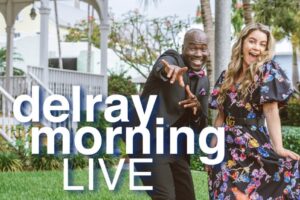


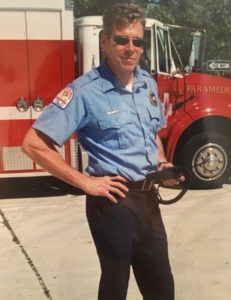 Finally, happy birthday America. Have a safe and wonderful fourth.
Finally, happy birthday America. Have a safe and wonderful fourth.